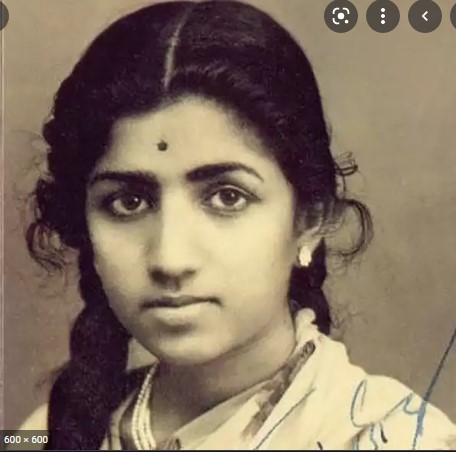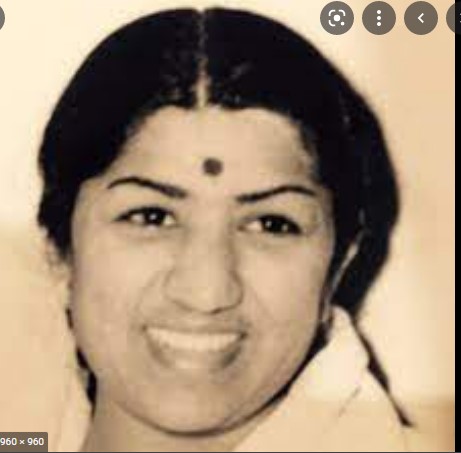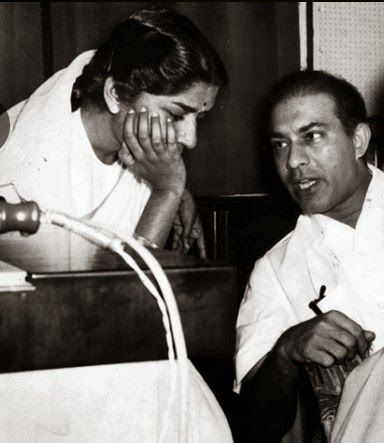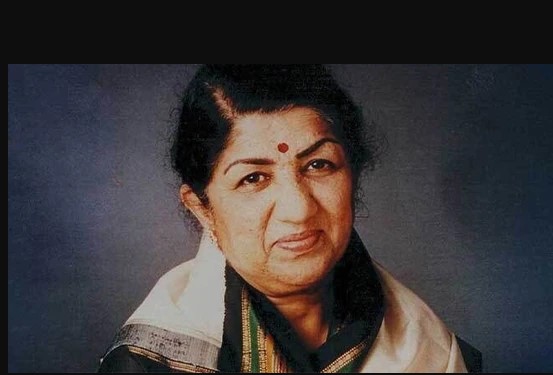Mumbai, Feb 6 (IndiaToday) – Legendary singer Lata Mangeshkar passed away today. She was admitted to Mumbai’s Breach Candy Hospital on January 8 after she tested positive for Covid-19. She was under treatment in the Intensive Care Unit (ICU) over the past couple of weeks. After showing signs of improvement recently, her health condition deteriorated.
Unfortunately, she passed away today, leaving the entire nation in a state of grief.
Subscribe to our Telegram channel for the latest updates from around the world
Prime Minister Narendra Modi tweeted, “I am anguished beyond words. The kind and caring Lata Didi has left us. She leaves a void in our nation that cannot be filled. The coming generations will remember her as a stalwart of Indian culture, whose melodious voice had an unparalleled ability to mesmerise people.”

For a couple of days, Lata Mangeshkar was showing continued signs of improvement and her team also came forward asking everyone to pray for her. After fighting it out for weeks in the hospital, Lata Mangeshkar died today.
Lata Mangeshkar was a force to reckon with in playback singing. In her seven-decade-long career, she gave us musical gems such as Aye Mere Watan Ke Logo, Lag Jaa Gale, Yeh Kahan Aage Hain Hum and Pyar Kiya To Darna Kya, among others. For her exceptional talent, she was honoured with countless awards, including the Bharat Ratna, Padma Vibhushan, Padma Bhushan and Dadasaheb Phalke Award.

Mangeshkar, or Lata Didi as she was fondly called, came from a household that worshipped music. Her father Dinanath Mangeshkar was a towering personality in Marathi theatre. He acted, produced and sang songs in plays that would change the face of Marathi theatre. He was one of the foremost exponents of Natya Sangeet and an accomplished Hindustani classical singer.
Born in September 1929, Lata was the first of a set of siblings – sisters Meena, Asha (Bhosle), and Usha, and brother Hridaynath – that ruled over Marathi and Hindi film music for decades. She was originally named Hema, but her father changed it to Lata after a character in one of his plays.

Though Lata had started singing in movies by the age of 13 in 1942, it was her breakthrough performance in Majboor in 1948 that catapulted her into mainstream Hindi films. Her mentor: music director Ghulam Haider, who, the urban legend goes, was so angry when a producer rejected Mangeshkar for being “too thin” thundered to the man that he would one day fall at Lata’s feet and beg her to sing in his movies. There is no record of whether this actually happened, and Mangeshkar herself never confirmed it, but she has, on several occasions credited Haider to be her mentor. “He was the first music director who showed complete faith in my talent,” she said in an interview in 2013.
The next year, 1949, she sang the haunting Aayega aanewala in the runaway hit Mahal, whose music director Khemchand Prakash was later also credited with mainstreaming another talent – Kishore Kumar. With Aayega aanewala, Mangeshkar had truly arrived, and was seen to have stepped out of the shadow of another film singing legend, Noor Jehan.

Between 1950 and well into the 2000s, Lata Mangeshkar lent her voice to scores of actors in not only Hindi and Marathi movies, but in languages as diverse as Bangla (in which she sang nearly 200 songs), Assamese, Gujarati, Tamil, Kannada, Telugu and Bhojpuri, among at least 25 others. Her career spanned from being Madhubala’s voice in the late 1940s to singing a devotional song picturised on Mugdha Godse in 2009, when Mangeshkar turned 80.
In between, Mangeshkar won the Bharat Ratna, the Dadasaheb Phalke award, the French Legion of Honour, five Maharashtra state film awards, three national film awards, and countless other honours and citations, making her easily the most influential Indian film singer of all time, regardless of gender.
END
For similar articles, join our Telegram channel for the latest updates. – click here























































